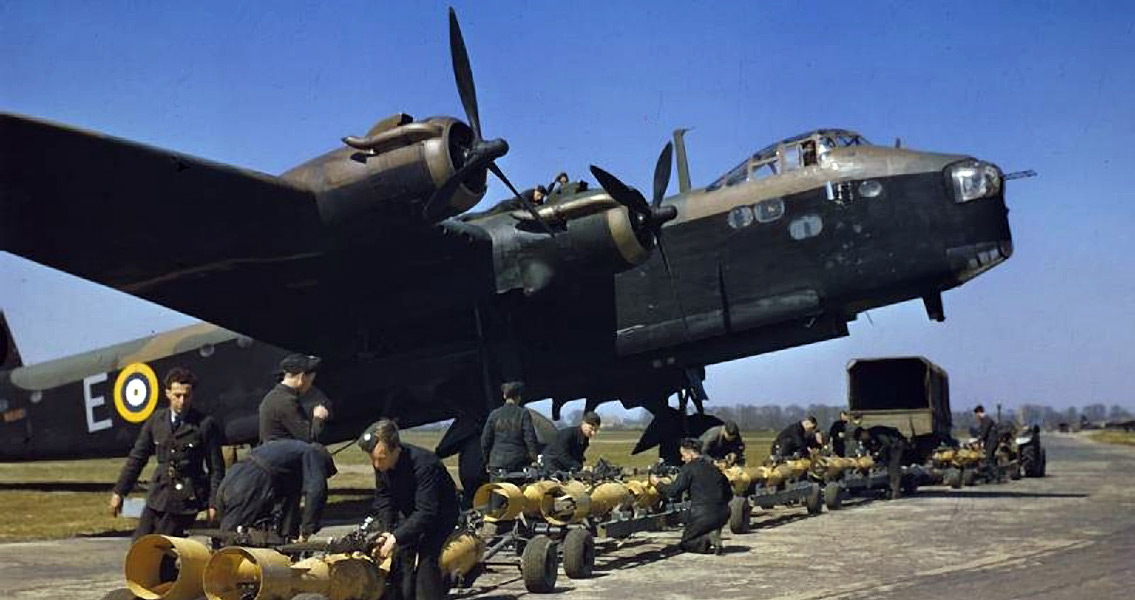<![CDATA[The final resting place of a British Short Stirling bomber, thought lost the night of 18 June, 1944, may have been pinpointed in a field in northwestern France – but red tape from the French government has been standing in the way of its excavation and preservation. According to British aviation archaeologist Tony Graves, Stirling LJ850 had set out from the UK on a crucial mission. With a full complement of ammunition intended to reinforce the French Resistance and acting as a transport for paratroopers to further aid Resistance efforts, LJ850 disappeared, never making it to its destination. The 23 soldiers onboard the plane were lost, their whereabouts unknown – until Graves investigated the crash site and began to piece together the story. The archaeologist, who now lives full time in France, had been following up on an old war story that described a plane falling from the sky in a farmer’s field near a village within Normandy. Piqued by the fact that the farm was renamed by the local populace with the date of Stirling LJ850’s disappearance - June 18th – Graves investigated the field and found a few pieces of wreckage. After some initial excavations by hand, the archaeologist uncovered some British-made ammunition dating to the Second World War, confirming his suspicions that the field is likely to be the final resting place of the wreck of LJ850, and the individuals that disappeared with it. However, the ability to excavate the site has been in question ever since Graves received a letter from the French government. Officials for the country have been reticent to grant the archaeologist the privilege of digging up the site, as the government considers the site to be a “war grave”, additionally raising concerns over the conservation of the site, safety issues, and also jurisdictional considerations. This has been a frustrating experience for Graves, who spoke to CBC News about his desire to not just recover the wreckage but also to reclaim the remains of those that might have lost their lives in the crash. The idea that the remains of these soldiers are “laying under a field with cows trampling all over them” is unconscionable to the archaeologist, who added that it was important to him because the families of these lost soldiers could finally achieve some closure, not knowing whether their loved ones were killed in action or if they just disappeared “into the ether.” Graves suggested that if he was granted permission to investigate the crash site properly, the end result could be a memorial erected in close proximity to serve as a place for survivors to gather and learn where their loved ones came back down to earth after sacrificing their lives in an attempt to complete their mission. ]]>
WWII British Plane Crash Site Possibly Located in France
